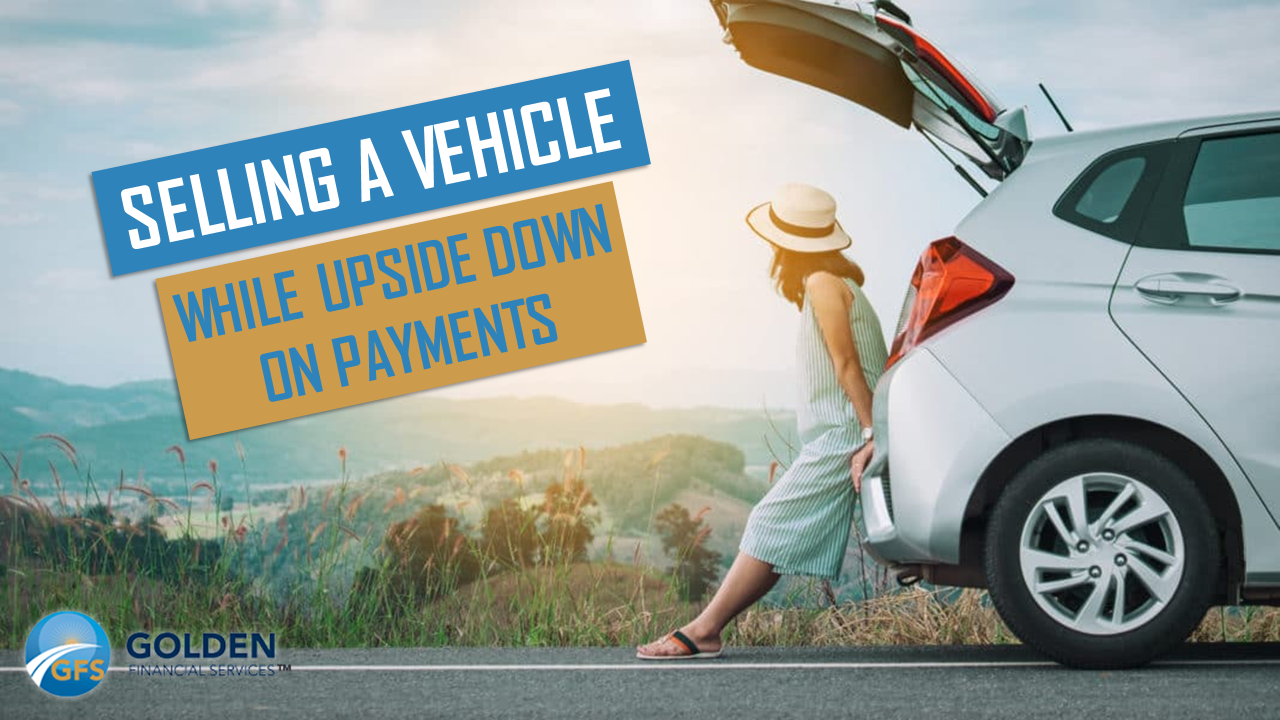Let’s start this one off with what some people think is a myth, but is actually quite real: The moment a new car comes off the lot, it loses nearly half its value. This is due to the true nature of the automotive market; there is a massive disparity between the appeal of a new car, and inheriting one from a previous driver through family or purchase.
Why are we starting the blog this way when you already have a car? Because it is important to understand for the sake of selling your car while in debt, and your expectations for both selling the car privately, and buying your next vehicle. You will need to understand the value of your car, where to list it for sale, and how to optimize its value, especially if you are upside down on payments. We scraped the web for expert tips and threw in some of our own below.
What it means to be upside down on payments
The definition of being upside down on car payments isn’t being behind on payments necessarily: It’s when the amount you owe on the car exceeds what you could get for it. For example, if you owe $10,000 (principle+interest) on your car but the Kelley Blue Book value of the vehicle is only $6,000, that means you are upside down a total of $4,000.
The other factor here is the remaining years and interest on your loan. There is a big difference between owing $10,000 over 2 years and owing $10,000 over 3 years, for example. If you are on an aggressive pay-off plan, such as the debt snowball payment method, you may need to consider selling your vehicle in the next 6 months, rather than waiting a year until your remaining payment amounts comes down closer to the value of the car.
Several factors went into this situation; you can be upside down on a car loan because you didn’t have a large enough down payment and you are still struggling with income management. You could have an unreasonably high-interest rate on your vehicle loan because of poor credit. Most commonly, you bit off too big of a car piece to chew than what fits in your current income after all other expenses are paid. Speaking of which, we recently wrote on how to sell your house if you are upside down on your mortgage and in severe debt. If you qualify for this situation as well, you might qualify for our debt consultation, but take a moment to read through it before continuing here.

Steps for selling a car while you still owe money on it
So how to put this car up for sale? DaveRamsey provides advice in 3 easy steps, and they make total sense:
- Find out how much you owe – Call the source of your vehicle loan. This could be the dealership’s own financing company, a third party, or a banking institution. Request a payoff amount! This is important because the company will give you an amount minus future interest payments, so you will save all that interest money by paying it off at once.
- List the upside-down car for sale – You have a few options here, one of them being listing the car yourself. This is actually the most ideal option, but it takes time to get the vehicle inspected, list it for sale, find a buyer, and complete the paperwork. If you are in dire need of debt relief, consider a voluntary repossession of the vehicle. This is where you head back to the dealership, relinquish your car to them, and they sell it to recoup as much money as possible. The dealership would, therefore, be highly motivated to sell, so they will typically sell the car at a reduced rate. You will no longer have to make payments (big sigh of relief), but you will get no further value out of the car, and you will have no car (yikes). The biggest step here is to make your next vehicle purchase more conservative – don’t repeat the same mistake! See Step 3 below if you still owe money after you sell the vehicle privately.
- If you are still in the hole after a private sale – From Dave Ramsey directly: “In this specific situation, Dave would actually tell you to get a loan. Wait a minute . . . did Dave just say to borrow money? Wild, right? But here’s why it works: It’s far better to borrow the difference of your car loan than to owe the full amount. That’s right—it’s time to get serious and attack this thing with everything you have!
Additional tips
Owing money on a vehicle can make your lender feel like the enemy, but believe it or not in this situation they can actually be your friend! As the TheBalance points out: “…ask your lender what you need to do to get rid of the loan and sell your car. You don’t have to figure everything out yourself – they’ve done this a million times, and they can help. Just call and ask if they have any suggestions for selling the car while the loan is in place.”
If you are able to sell your car and actually make money, what is called “positive equity,” then here are some helpful tips from NerdWallet: “you and the lender sign the title and give it to the buyer. The buyer takes the signed title (and any other required paperwork) to the state’s department of motor vehicles and gets a new registration and title. A title in hand can make a private-party sale much easier. If you have excellent credit, you may be able to take an unsecured personal loan to cover the entire amount owed on the car.”
If your New Year’s Resolutions include getting on top of your debt, your vehicle might be the best place to start if you can manage to hang with your mortgage.
Selling a vehicle should be the first step in a line of many, including a review of your credit score and additional ways to eliminate debt. Give us a call if you need help with the steps after your car is sold!
____________________________
If you found our blog looking for financial advice or assistance with credit card debt relief or debt consolidation, call Golden Financial Services today at (866)-376-9846 or info@goldenfs.org. You can check out the rest of our blog here, and do your research on our services here. Let’s talk soon!


